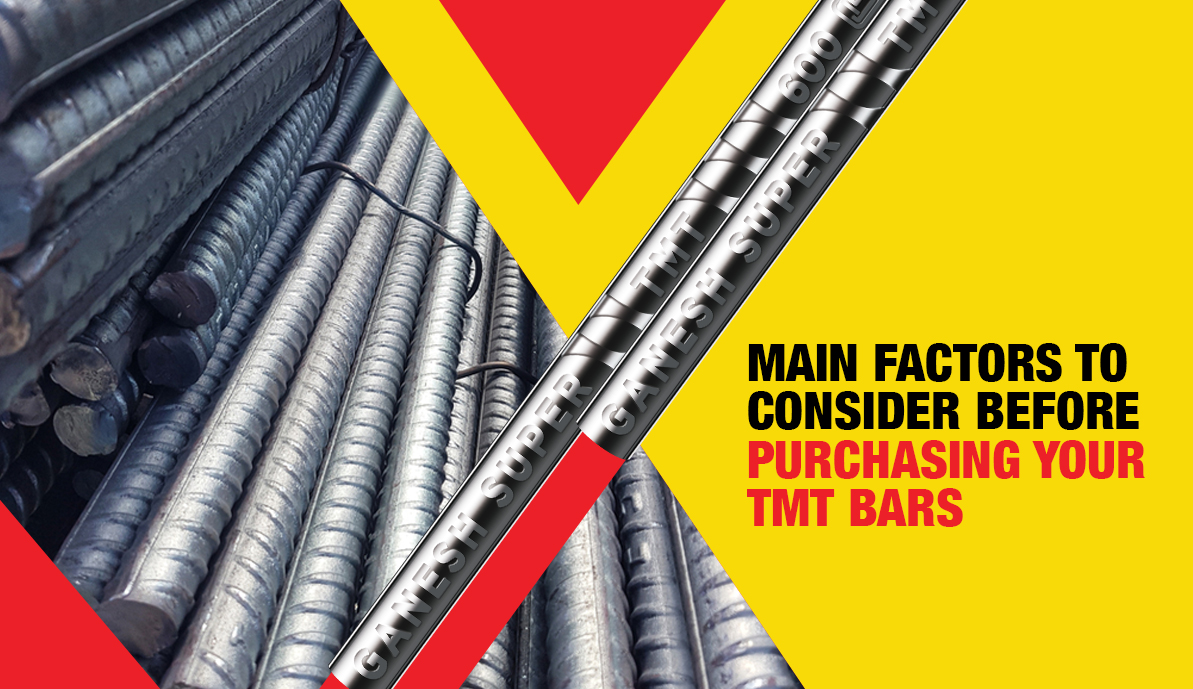A building or infrastructure’s sustainability offers a superior return on investment compared to short-term profitability. Owing to this, engineers calculate load-bearing capacity, stress, strength, elongation, and various other factors to make a structure resistant to external influences.
Welded TMT bars are the best equipment to achieve many desirable objects cost-effectively and efficiently. But how is welding important for developing infrastructure? The article identifies critical aspects of welding TMT bars, addressing the importance of using the bars for developing infrastructure.
What is TMT?
TMT is the acronym for the steel manufacturing process Thermo-Mechanical-Treatment. During the process, the steel undergoes rapid heating and cooling, which increases the tensile stress, weldability, and ductility of the steel bars.
The qualities and strength of the TMT bars make them perfect for different small—and large-scale construction projects. Based on their inherent qualities, carbon and iron content, chemical structures, and stress profiles, four types of TMT bars are predominantly available: Fe-450, Fe-500, Fe-550, and Fe-600. Here, Fe represents ferrous or iron, and the numbers represent the yield stress in Mpa.
Key Challenges in Welding TMT Steel Bars
Carbon Content
The presence of carbon in TMT bars defines strength and sturdiness. However, owing to the presence of high carbon content, the TMT bars become prone to developing cracks during welding. Therefore, limited carbon content in TMT bars is desirable.
Thermo-Mechanical-Treatment
In the TMT bar manufacturing process, repeated heating and cooling change the microstructure of the TMT bars. As a result, the bars lose their ductility and weldability. The best TMT bar companies take necessary precautions to ensure that TMT bars do not lose weldability to fit in essential fabrications.
Surface Contamination
The TMT bar manufacturers stock the bar in bundles, which causes rust, mill scale, and oil contamination. Welding the contaminated TMT bars weakens the structure. The contaminated TMT bars easily break under high heat and weight. To avoid the ill effects of contamination, the best TMT bar company ensures proper examination and decontamination of steel rebars before delivering them to the site.
Steps to Take Before Welding TMT Bars
Storage and Handling
Ganesh Super, The TMT bar manufacturer, keeps the TMT bars in the storage facility before sending them to the suppliers and construction sites. The engineers must take care of the physical storage and handling of TMT bars at the site before welding.
Keeping the bars in a moist area for a long time makes those vulnerable to developing rust and other contamination. Welding the contaminated TMT steel bars is similar to expecting breakage in the structure under the influence of pressure, heat, and cold.
Decontamination of Surface
The engineers must clean and decontaminate the TMT bars before welding. The presence of scale and rust in the TMT bars will result in weld defects. Applying concrete on the contaminated TMT bars aggravates the corrosive property of the bars, which produces a weak structure.
Understanding Different Grades
Owing to the carbon equivalence of different grades of TMT bars, the engineers and staff must maintain the welding process specific to the grade of bars used. Otherwise, fabricating a new structure using TMT bars becomes challenging to practice.
Key Processes to Follow for Welding TMT Bars
The TMT bars manufacturers recommend three critical welding processes: gas metal arc welding (GMAW), shielded metal arc welding (SMAW), and submerged arc welding (SAW).
The GMAW process is also known as metal inert gas or MIG welding. The system produces weld metal from an arc using the heated inert gas and consumable electrode. The inert gasses such as argon and carbon dioxide keep the weld pool safe from atmospheric contamination.
The SMAW process uses the heat of an electric arc produced from the tip of a consumable electrode to melt the surface metal. The heat is used to weld the TMT bars to materialize different architectural designs.
Similar to the GMAW and SMAW processes, the SAW mechanism also uses an electric arc produced through a continuously fed electrode. In this process, granular flux blankets surround and cover the arc, creating a protective gas shield and slag to cover the welded area.
Preheated TMT bars reduce the risk of cracks and deformation while following any of the welding processes. The preheat before welding minimizes the difference between the surface temperature and the core area.
Welding different grades of TMT bars requires following different welding parameters such as heat, voltage, current, travel speed, and others. The engineers must follow the guidelines mentioned by Ganesh Super, the eminent TMT bar manufacturer, to maintain high-quality welding and avoid any potential risk of breakage
.
The Quality Control Measures for Welding TMT Bars
Ensuring the high quality of welded TMT bars is critical to establishing the sustainability of the intended structure. The ultrasonic test and magnetic particle test are the two crucial assessment solutions available that do not require compromising the structure to attest to the quality. However, visual inspection and dimensional checks are vital to avoid any drawbacks, poor quality, deformation, and cracks in welded structures.
If engineers identify any mistake in the welding process or detect poor quality of welding, necessary adjustments help to reduce the amplitude of error immediately.
Mechanisms of Post-Welding Treatment
Making the welded area less stressed and maintaining sustainability and dimensional stability requires taking necessary measures post-welding treatment. Applying grinding, coating, and polishing improves aesthetic quality, reduces stress, and minimizes corrosive impact on the welded areas of TMT bars. Therefore, the pre and post-treatment of the welding process are essential to ascertain the sustainability and durability of TMT bars in the long run.
Conclusion
Welding of TMT bars is a complex process that requires close supervision and monitoring at every stage. Faulty welding of some pieces of TMT bars can jeopardize the overall building and construction structure. Under the influence of earthquakes, heat, and cold, the overall deformation of building structures becomes challenging to avoid. Therefore, examining the welded areas before applying concrete or other materials is highly recommended to reduce the risks of any potential fatalities of the structure.





